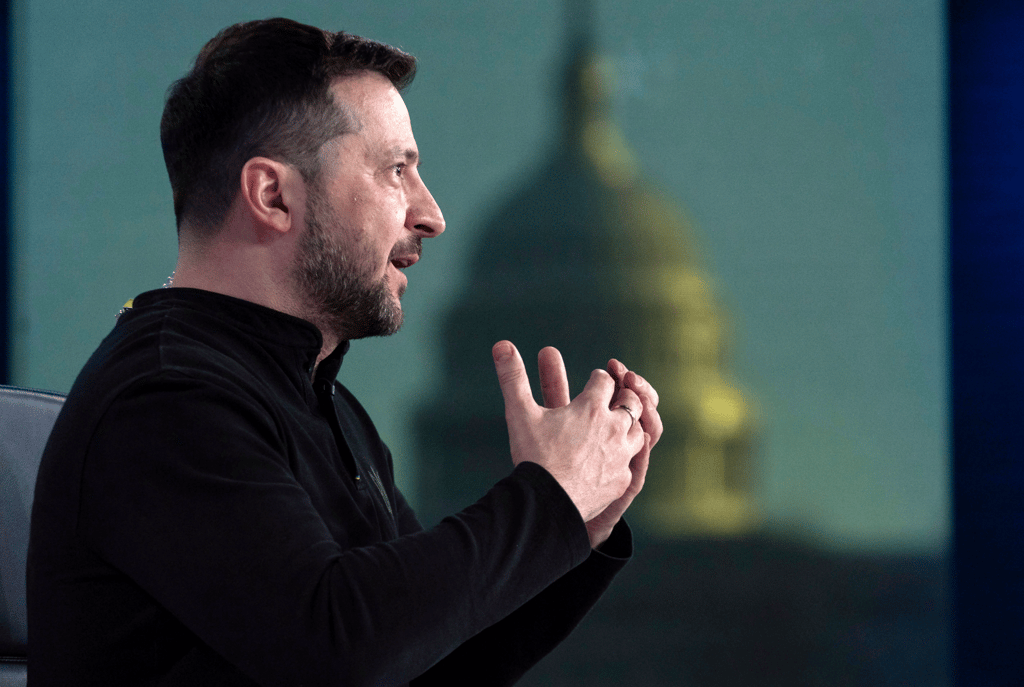Ukraine’s Fight for Freedom: A History of Resilience and Global Support Against Russian Aggression
4/25/20253 min read


Ukraine’s Fight for Freedom: A History of Resilience and Global Support Against Russian Aggression
The Roots of Conflict: A Tale of Two Nations
The history between Ukraine and Russia is a complex tapestry of shared origins and stark divergence. Both trace their roots to the Kyivan Rus’, a medieval East Slavic state, but over the centuries, their paths diverged. Ukraine, with its distinct language, culture, and identity, sought independence, achieving it in 1991 after the Soviet Union’s collapse. Russia, however, often viewed Ukraine as part of its sphere of influence, a perspective that fueled tensions. The 2014 annexation of Crimea by Russia and the ensuing war in Donbas marked the start of open conflict, as Russia supported separatists in eastern Ukraine. Dutch historian Floribert Baudet argues the conflict’s roots stretch even earlier, reflecting deep-seated Russian ambitions. By February 2022, Russia’s full-scale invasion escalated the war, killing tens of thousands and displacing millions.
Ukraine’s Right to Defend Itself
Let’s be clear: Ukraine didn’t start this war. Russia’s actions—annexing Crimea, arming separatists, and launching a brutal invasion—violated international law, as confirmed by the International Criminal Court and the European Court of Human Rights, which ruled Russia controlled separatist regions since 2014. Ukrainian President Volodymyr Zelensky, in a recent interview with Ben Shapiro on April 22, 2025, in Kyiv, emphasized this: “Russia is the aggressor, not Ukraine.” Ukraine’s fight is one of self-defense, a fundamental right under the UN Charter. As the UK’s Ambassador James Kariuki stated at the UN in June 2024, Russia’s aggression, including attacks on civilians and infrastructure, aims to coerce Ukraine into submission. Ukraine’s resistance isn’t the spark of war—it’s a response to it.
Global Support: The U.S., EU, and NATO Step In
Since 2014, the U.S., EU, and NATO have played critical roles in supporting Ukraine, aiming to stop the war and deter broader conflict. The U.S. has provided substantial aid, with $66.5 billion in military assistance since 2022 and $69.2 billion since 2014, according to the U.S. State Department. This includes weapons like HIMARS and Patriot systems, which Zelensky noted have been meticulously accounted for, countering Russian narratives of misuse. The EU has also stepped up, with European Allies and Canada contributing nearly 60% of NATO’s $50 billion in military aid in 2024 alone. NATO’s Comprehensive Assistance Package has delivered over $990 million in non-lethal aid, from medical supplies to demining equipment, while also aiding Ukraine’s path toward membership—a commitment reaffirmed at the 2024 Washington Summit.
Efforts to end the war have been persistent but challenging. The 2015 Minsk II agreements, meant to halt fighting in Donbas, were never fully implemented, with ceasefires repeatedly broken. In March 2025, Ukraine accepted a U.S.-proposed 30-day ceasefire in Jeddah, but Russia’s reciprocity remains elusive. The EU and NATO continue to condemn Russia’s actions, with the EU focusing on humanitarian aid and refugee support, hosting millions of Ukrainians. These efforts aim not just to help Ukraine but to prevent a wider war that could engulf NATO countries, as Zelensky warned: “Ukraine is a fence against Russia’s invasion of the civilized world.”
Why American Taxpayers’ Money Matters
Yes, U.S. aid comes from American taxpayers, but this isn’t charity—it’s strategy. The Department of Defense sees Ukraine’s fight as a bulwark against Russian expansionism, which threatens global stability. Supporting Ukraine helps prevent a larger conflict that could draw in NATO, potentially costing far more in lives and resources. It’s also a humanitarian imperative: Russia’s attacks, like the recent ballistic missile strike in Sumy that killed dozens, underscore the stakes. Moreover, U.S. leadership in this crisis reinforces its role as a global leader, fostering alliances and deterring aggressors. Zelensky highlighted the mutual benefit: Ukrainian battlefield data has helped the U.S. refine its own military investments, a point often overlooked.
Engaging the Future: Ukraine’s Resilience and Our Role
Ukraine’s fight is a testament to resilience, but the war’s end remains uncertain. As U.S. aid reportedly wanes under the Trump administration, with Putin aiming to outlast Western support, the stakes are higher than ever. Ukraine’s plea for “peace through strength” resonates—strength that requires global solidarity. By supporting Ukraine, we’re not just aiding a nation; we’re investing in a world where sovereignty and freedom are upheld.
Thought Questions to Ponder
How can the U.S. balance domestic priorities with its role in supporting Ukraine against Russian aggression?
What are the long-term implications of NATO’s involvement for European security?
How can global leaders ensure accountability for war crimes committed during this conflict?
Let’s keep this conversation going—share your thoughts below!
Photo Credit: independent.co.uk
hello@boncopia.com
+13286036419
© 2025. All rights reserved.